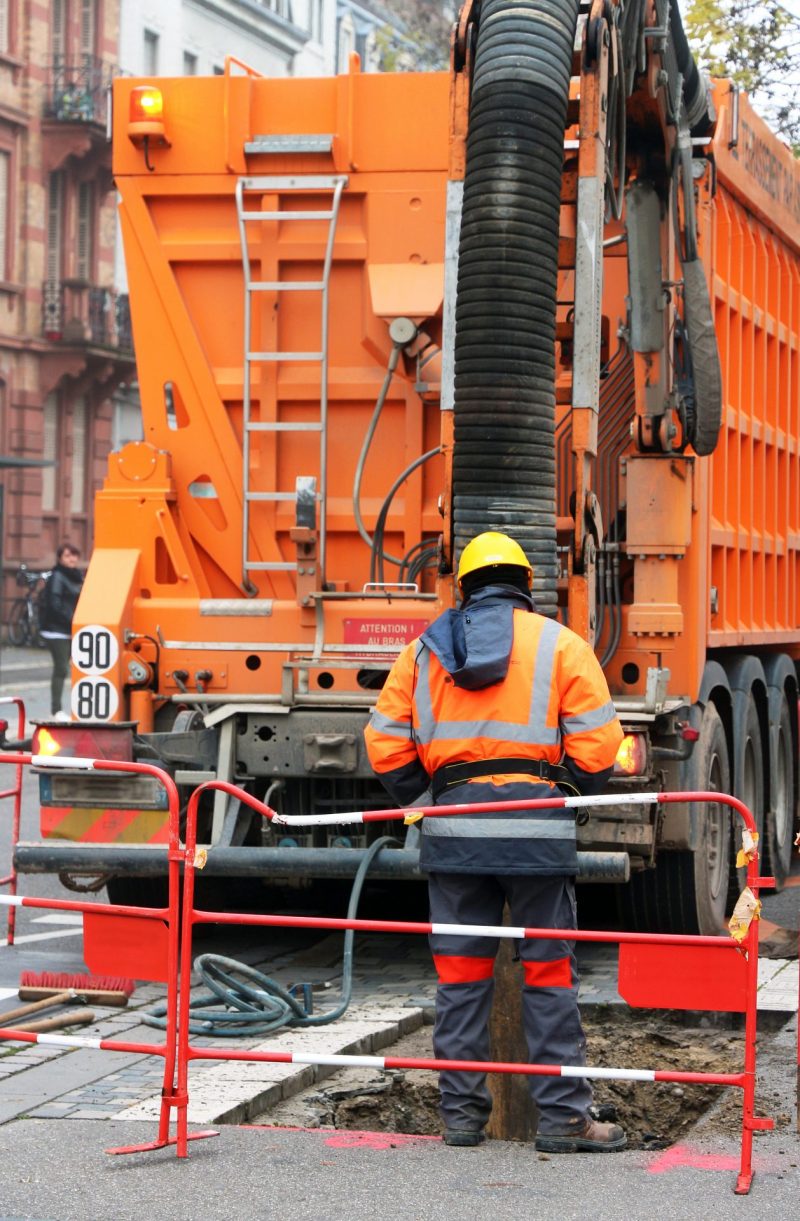Most project managers are adopting vacuum excavation for their projects. You can use this technique across various industries, including construction and mining. Are you wondering what vacuum excavation is and how it works? This article will give you the necessary insight to help you better understand vacuum excavation. Read on:
Before delving into how vacuum excavation works, there are various aspects you need to know for better understanding.
Table of Contents
What Do You Need for Vacuum Excavation?
The basic item that you can’t do without is equipment. For this process, you only need a vacuum excavator truck. There are many providers for vacuum excavation in Sydney. Your choice of provider for these services depends on preference.
You also need to know the kind of excavation you need to do, allowing the excavator truck operator to plan his work. You’ll also need accurate measurements of what you need to be done.
Measurements ensure you get your desired final product regarding accuracy. They’ll also guide the operator on the operation angle needed for maximum efficiency.
What Are The Components Of A Vacuum Excavator Truck?
The excavator truck operates with minimal components.
The truck has a waste storage area that holds the soil to be excavated. It has various capacities depending on the excavation requirement.
There are also air vehicle fans, which can be twin or triple. These are responsible for creating airflow in the system.
A vacuum suction pump links the soil and the storage area and transports the excavated material. It works the same way as your home vacuum cleaner.
At the end of the vacuum pump, there’s a nozzle attached. The tube is responsible for digging into the ground. It has coarse threads to enable it to drive easily into the ground.
The vacuum excavator truck also has a filter system, often made of mesh. The filter prevents excessive air pollution by limiting the amount of dust leaving the drilled hole. This ensures there’s quality air in the surroundings.
The sound-absorbing unit covered in insulating material reduces noise pollution to the surroundings as compressed air is released.
What Are The Operating Mechanisms?
Vacuum excavation takes place through an air-fan system or a displacement blower fan system.
Through the air fan system, the fans generate air current under high pressure. This air flows through the properly-positioned nozzle to suck in the unwanted material. The fan system is used in dry vacuum excavation.
On the other hand, the positive displacement blower works with a fluid displacement mechanism. The suction aspect works the same as the one in the fan system.
The only difference is that this method uses water to displace the soil, which is then sucked by the vacuum pump into the storage area. In this system, you don’t need a filter since there’s minimal dust production in the process.
After that insight, now:
How Does Vacuum Excavation Work?
First, this system is controlled using a remote control.
The operator positions the nozzle six to eight inches above the starting point of the excavation. This space creates room for the compressed air released by the nozzle to act on the ground surface. The air under pressure sucks in soil particles.
The vacuum pump sucks the excavated soil into the storage compartment. Any air in the material collected passes through the mesh filter in this compartment, leaving behind any dust.
This air is later released into the sound-absorbing unit, and released into the atmosphere later on when clean. When the storage unit gets full, you can dump it at your desired location and repeat the procedure.
For the hydro vacuum excavation, you’ll use both water and air for excavation. The operator connects the dig wand hose to the truck, where it draws water. They can adjust the tip of the hose depending on the surface’s terrain. They’ll then position the suction pump where needed and open the tap at the truck, releasing the water.
The hose and the suction pump works simultaneously. As the water pressure from the hose digs the surface, the pump sucks in the slurry dug out into the storage compartment. Once full, you can dispose of the waste responsibly.
Conclusion
As you’ve read above, vacuum excavation is a minimally invasive procedure that you can adopt for your project despite the scope of work. It quickens the excavation process and saves you a lot of time for other tasks to be done.
This is a convenient, efficient, and viable investment for your projects. Contact your vacuum excavation provider today and experience its benefits for your project.







